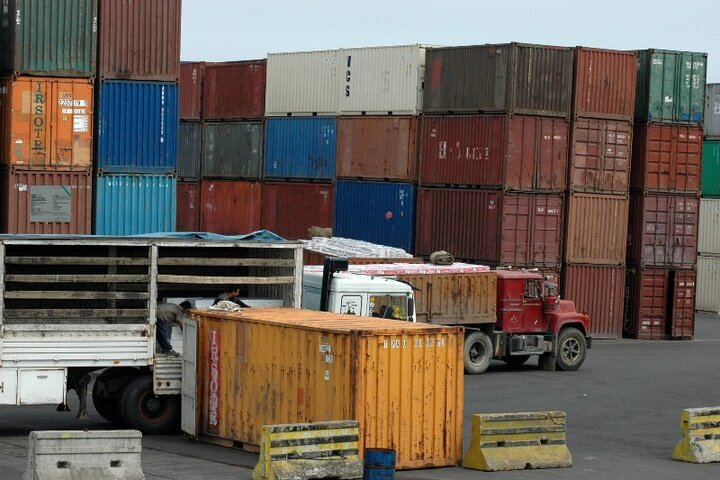Building new X-ray machines to save IRICA €70m

TEHRAN - Head of Islamic Republic of Iran Customs Administration (IRICA) Mehdi Mir-Ashrafi said domestically-made X-ray monitoring machines are going to save IRICA and the country €70 million, IRNA reported.
Speaking to the press in an online session on Sunday, Mir-Ashrafi pointed to the need to use new systems for monitoring transit, exports and imports of goods at the country’s customs, saying: "Last week, IRICA signed a contract for the production of 14 X-ray machines with the private sector, which will be installed and go operational next [Iranian calendar] year (begins on March 21); the first device will be put into operation at the Shahid Rajaei Port’s customs before the end of the current year.”
According to Mir-Ashrafi, each X-ray machine is worth more than five million euros with the installation costs, so these 14 domestically produced devices will save the country €70 million.
The IRICA head further stated that the purchase and installation of a machine would cost the country millions of dollars and for this reason the private sector should be encouraged to produce such machines inside the country.
He stressed that equipping all the country’s customs with X-ray machines is on the agenda, noting that there are currently 14 active X-ray systems for monitoring trucks across the country, while this figure should reach 50 in the future.
“Customs controls should be such that the time for clearance of goods is minimized while the accuracy is maximized,” he stressed.
Pointing to the complexity of the country’s trade system, the official added: “The multiplicity of laws and regulations, the spread of the coronavirus in the world and in Iran, and the U.S. sanctions on the country are some of the problems that the country’s trade is facing, so a plan must be developed and implemented to provide the customs speed and accuracy together.”
The official noted that the country’s foreign trade is expected to reach $70 billion by the end of the current Iranian calendar year (March 20), of which $36 billion would be imports and $34 billion would be the share of exports.
EF/MA
